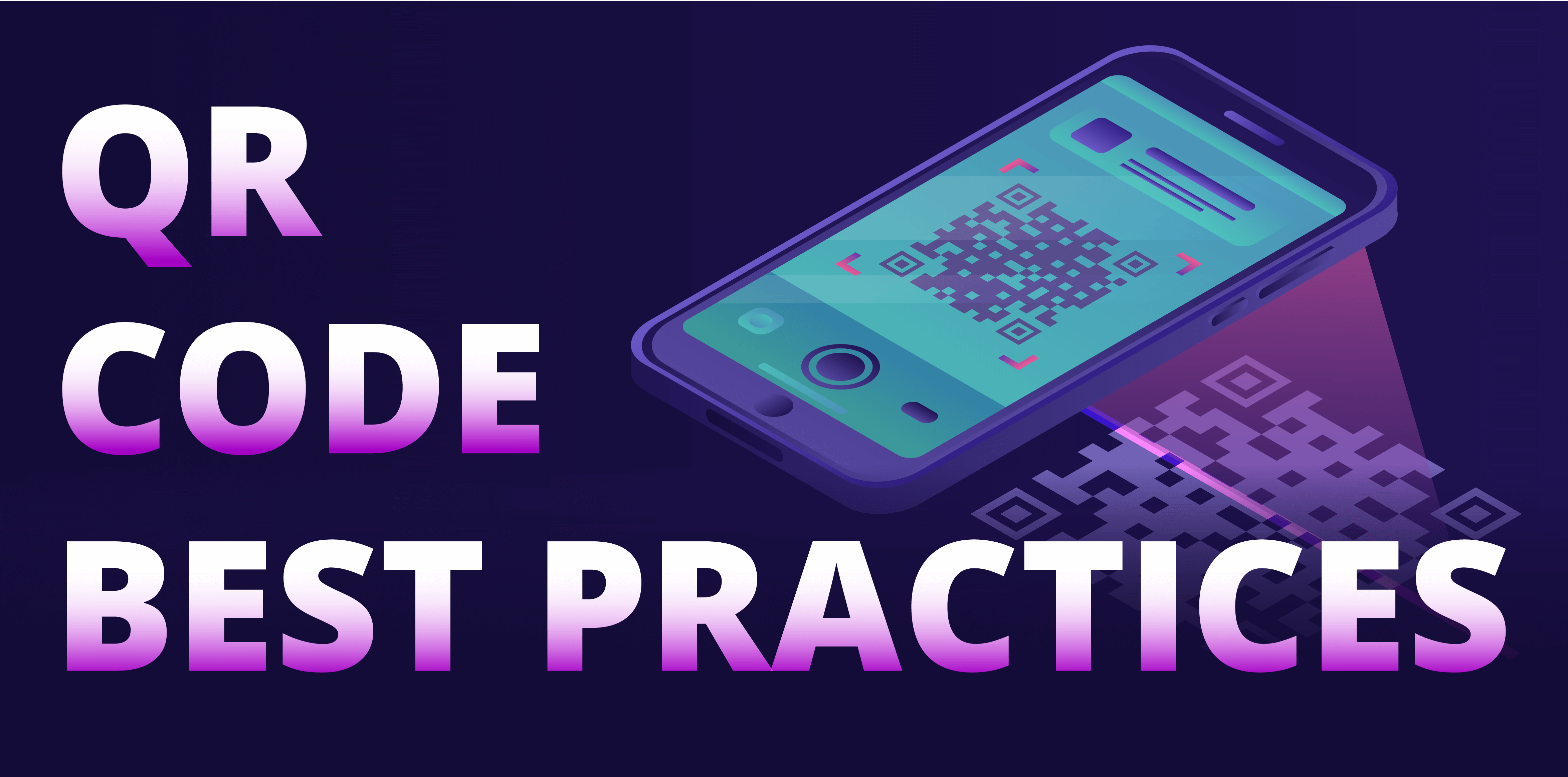MARKETING | 3 MIN READ
9 Best Practices When Using QR Codes
 Written by Paul Strack
Written by Paul Strack
[email protected]
Ok, I admit it. I made a mistake. I led you astray.
From April of 2010 to August of 2011, I attempted no fewer than 4 times to tout the need for you to use QR codes in your marketing efforts.
But alas, I was wrong. As were so many marketers. We blew it.
Why did QR codes fail over a decade ago?
The explanation now seems so simple – ease of use. Back then, you needed a QR code APP to access the information. Yep, you had to go to the app store and download something just to scan the code. Ugh, that’s so 2010. And if you took the time to do that, you were directed to a website that probably was not mobile-friendly. Ugh.. again.
QR codes were properly shunned!
 Today, all that has changed. QR code scanning has become faster and more efficient, thanks to advances in smartphone camera technology and QR code reader software. Now you can simply point your camera at the code, and voila!
Today, all that has changed. QR code scanning has become faster and more efficient, thanks to advances in smartphone camera technology and QR code reader software. Now you can simply point your camera at the code, and voila!
QR codes easily allow you to engage with you customers in new and creative ways. They can be printed on promotional materials, such as flyers, posters, and business cards, even branded merchandise. When scanned, users are directed to a specific website, digital content, or product information. This allows you to drive traffic to your online presence and increase customer engagement with their brand.
Here is a site we use to easily generate our own QR codes.
Now these codes are widely used for mobile payments and transactions, allowing customers to make secure and convenient purchases without having to physically handle cash or cards. By scanning a QR code displayed at the point of sale, customers can quickly and easily access their digital wallets and complete transactions without having to enter their payment information manually.
Overall, these improvements have made QR codes a more versatile, efficient, and secure tool for businesses and consumers alike. They are now used in a variety of industries, from retail and hospitality to healthcare and finance.
It’s 2023 and I need to earn back your trust. It is with great confidence that I say, NOW is the time to include QR codes in your marketing efforts. Printed materials, business cards, menus, outdoor signage, point-of-purchase displays, and more are perfect opportunities for QR code engagement.
But before you implement QR codes, keep these best practices in mind:
1. Make it Scannable
Ensure that the QR code is large enough and has enough contrast with its background for it to be easily scanned by any smartphone camera.
2. Provide a clear call-to-action
Let the customer know what they will get by scanning the QR code. This could be a discount, exclusive content, or just more information.
3. Branding
Incorporate your brand into the QR code design to make it more recognizable and memorable to customers.
4. Test the QR Code
Test the QR code before it is printed to ensure it leads to the correct destination and is easily scannable.
5. Direct to Mobile-Optimized Content
Ensure that the landing page or content linked to the QR code is optimized for viewing on mobile devices.
6. Use QR Codes in Context
Consider the context in which the QR code will be used and make sure that the linked content is relevant.
7. Track Performance
Use a QR code management platform to track the performance of your QR codes and make data-driven decisions about your marketing campaigns.
8. Limit Clutter
Avoid using too many QR codes or other elements on your print materials that might distract from the QR code and discourage scanning.
9. Short and Sweet
If your target URL is lengthy, consider using a URL shortener to truncate the amount of characters. This will result in a less dense code, making it easier to scan.
By following these best practices, you can ensure that your QR codes are effective and engaging for your customers, delivering the results you want from your marketing campaigns.
Trust me, QR Codes are relevant. Would I mislead you?







